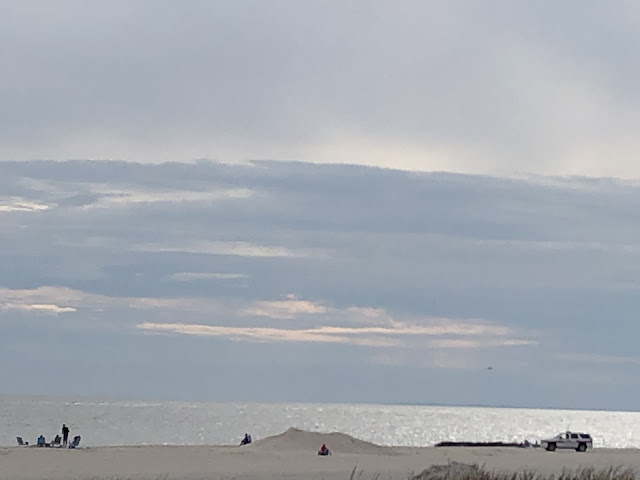Some of you would cringe if I quote a Carpenters’ song. I wouldn’t blame you. But I’m going to cite one of their tunes anyway: “Rainy days and Mondays always get me down.”
Today is a very rainy Monday. I don’t mind: Yesterday, Saturday and Friday afternoon comprised one of the most glorious weekends for cycling I’ve had in this part of the world. The skies ranged from clear azure to swirly silver and blue with the sun piercing through—and temperatures from 15 to 25c (60 to 77F).
Friday afternoon was a ramble along the Brooklyn and Queens waterfronts between my apartment and the Williamsburg Bridge, and out to the Hispanic and Hasidic neighborhoods of the non-gentrified areas of Williamsburg and East Williamsburg.
Saturday was ideal for a trek to Greenwich, Connecticut: I pedaled into the wind through the Bronx, Westchester County and over the ridge into the Nutmeg State. That meant I rode the wind home.
I had the same kind of luck with the wind yesterday, when I pushed my way out to Point Lookout and glided home. The wind seemed to have blown out of the south-southeast: I had to put more effort into the first stretch, going mostly south from my apartment to Rockaway Beach, than I did on the mostly-eastward section from Rockaway to the Point.
I didn’t take any photos on Friday or Saturday because, as beautiful as those experiences were, they are rides I’ve done many times and I didn’t see anything unusual. That will probably change soon enough, at least on the Connecticut ride, when Fall begins to paint the trees and foliage from its pallette.
On yesterday’s ride, though, a vista from the western end of the Long Beach boardwalk reflected the way this weekend’s rides felt:
I rode in beauty, or at least its light, this weekend. Maybe this rainy Monday won’t get me down, at least not too much.
(In case you were wondering, I rode Tosca, my Mercian fixed gear on Friday. Saturday, Dee-Lilah, my Mercian Vincitore Special, took me to Connecticut. And yesterday La-Vande, my King of Mercia, brought me to the beaches.)











